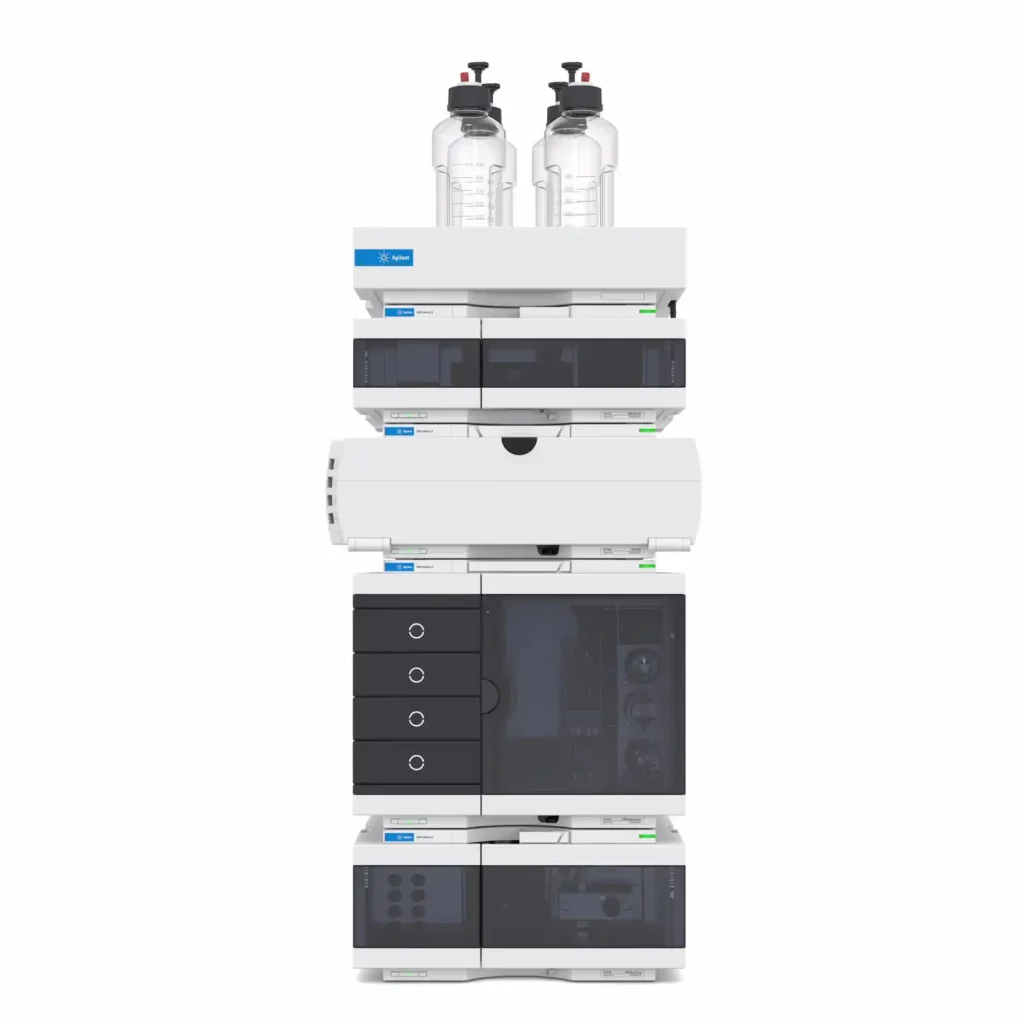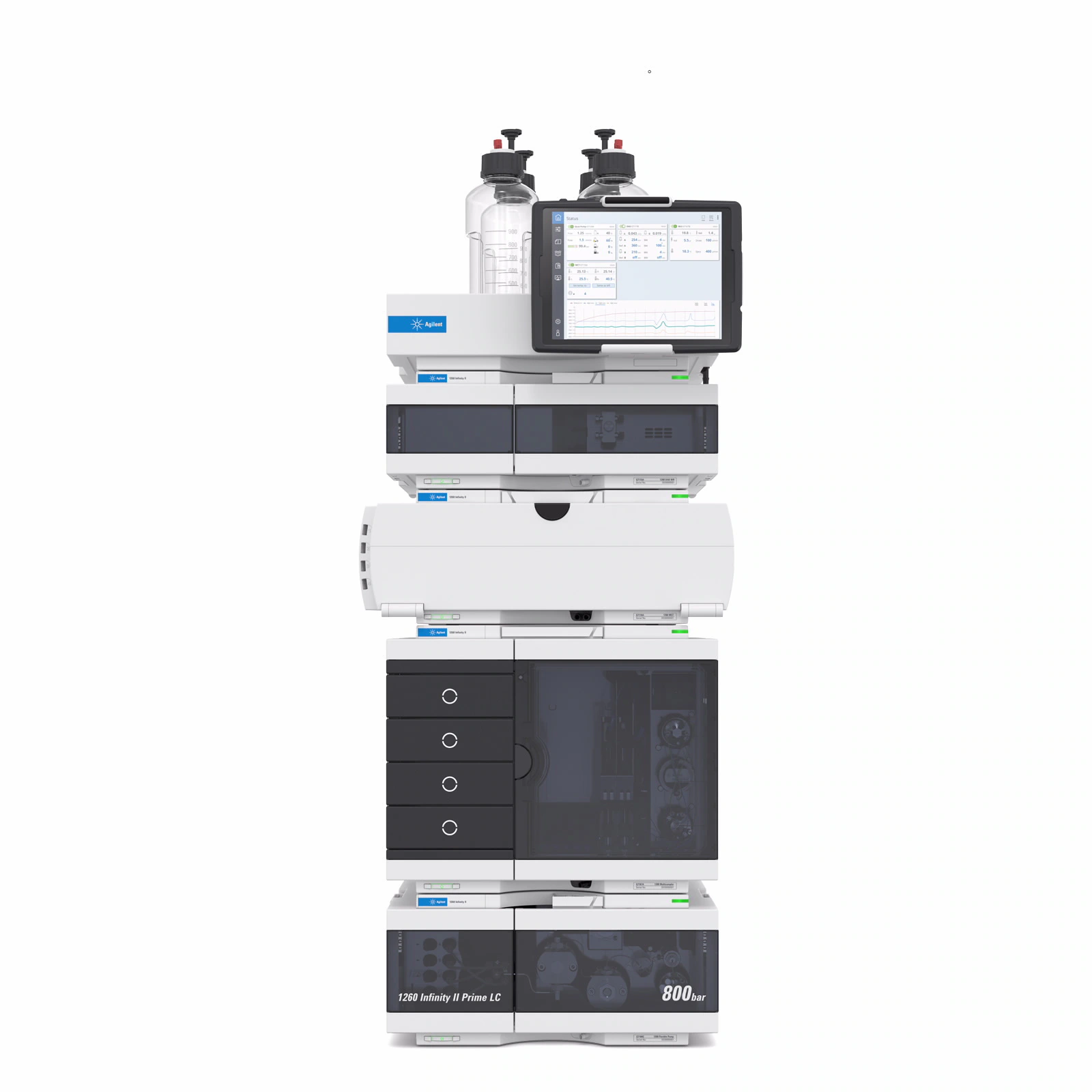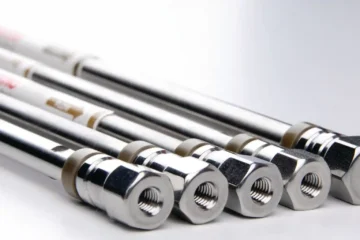High-Performance Liquid Chromatography (HPLC) is a cornerstone of analytical chemistry, used across various industries including pharmaceuticals, environmental monitoring, and food safety. To ensure that your HPLC system continues to deliver accurate and reliable results over the long term, proper maintenance and care are essential. In this article, we’ll explore several key tips for the long-term care of your HPLC equipment.
1. Regular Maintenance Schedule
Establish a Routine
Creating a routine maintenance schedule is the first step in ensuring your HPLC equipment remains in optimal condition. This schedule should include daily, weekly, and monthly tasks:
- Daily Tasks: Check solvent levels, inspect for leaks, and ensure proper functioning of the pump and detectors.
- Weekly Tasks: Clean the sample injector and check for any signs of wear in tubing and connections.
- Monthly Tasks: Replace or clean the inline filters, inspect the column for signs of degradation, and perform a complete system check.
By adhering to a structured maintenance routine, you can identify and resolve issues before they escalate.
2. Proper Cleaning Procedures
Keep Your System Clean
Contaminants can accumulate in your HPLC system, affecting its performance and longevity. It’s crucial to clean the system regularly, especially after running particularly dirty samples. Here are some cleaning tips:
- Solvent Flush: After completing analyses, flush the system with an appropriate solvent to remove residual samples.
- Column Care: Follow manufacturer recommendations for cleaning or regenerating your chromatographic columns. Avoid harsh solvents that can degrade column packing material.
- Injector Maintenance: Clean the sample injector to prevent carryover. Use a suitable cleaning solution as recommended in the manufacturer’s manual.
Implementing these cleaning procedures can help maintain the integrity of your results and extend the life of your components.

3. Monitor System Performance
Performance Checks
Regular performance monitoring is crucial for early detection of potential issues. Keep an eye on key performance indicators:
- Baseline Noise and Drift: Regularly assess the baseline noise and drift of your detector. Significant changes can indicate problems that need immediate attention.
- Resolution and Retention Time: Ensure that your system consistently provides the expected resolution and retention times. Deviations might suggest column degradation or other issues.
- Peak Shape and Area: Analyzing peak shape and area can provide insights into system health. Look out for tailing or fronting peaks, which may indicate issues with the column or sample preparation.
Using system performance metrics will help you ensure that your HPLC is running optimally.
4. Use Quality Solvents and Reagents
Select High-Purity Chemicals
The quality of solvents and reagents can significantly impact your HPLC results and the longevity of your equipment. When selecting solvents:
- High Purity: Always use high-purity solvents that are compatible with your HPLC system. Impurities can lead to blockages and detector contamination.
- Proper Storage: Store solvents in a clean, dry environment to prevent contamination. Use containers that minimize exposure to air and light.
- Compatibility: Ensure that solvents are compatible with all components of your HPLC system, especially the column and detector.
Investing in quality solvents will pay off in the long run by reducing maintenance needs and improving analytical results.
5. Regularly Update Software
Stay Current
Many modern HPLC systems come with sophisticated software for data acquisition and analysis. Regular updates to this software can provide enhancements in performance, usability, and security. Here’s how to stay updated:
- Check for Updates: Regularly visit the manufacturer’s website or contact their support to check for software updates.
- Backup Data: Ensure that all data is regularly backed up before applying updates. This will prevent data loss in case of any issues during the update process.
- Train Staff: Make sure your team is trained on any new features or changes that come with software updates to maximize the efficiency of your analyses.
Keeping your software updated ensures that you are taking advantage of the latest improvements in functionality and performance.
6. Invest in Training
Educate Your Team
A well-trained team is critical for the effective operation and maintenance of HPLC systems. Invest in regular training sessions for your staff, covering topics such as:
- System Operation: Ensure that all team members understand how to operate the HPLC system, including setup, calibration, and troubleshooting.
- Maintenance Procedures: Train staff on proper cleaning and maintenance procedures to ensure consistency and adherence to protocols.
- Safety Protocols: Regular training on safety protocols is essential when handling chemicals and operating machinery.
By educating your team, you’ll improve operational efficiency and reduce the likelihood of errors that could damage your equipment.
7. Document Everything
Maintain Detailed Records
Documentation is key in maintaining the performance and reliability of your HPLC system. Keep detailed records of:
- Maintenance Activities: Log all maintenance activities, including dates, procedures performed, and any observations. This will help track the health of your system over time.
- Performance Metrics: Record key performance indicators and any deviations observed. This data can help identify trends and facilitate timely interventions.
- Repairs and Replacements: Document any repairs and component replacements. Knowing when parts were last serviced can help you anticipate future needs.
Having a comprehensive maintenance log allows you to make informed decisions regarding repairs, replacements, and upgrades.
8. Care for the Column
Column Longevity
The chromatographic column is arguably the most critical component of your HPLC system, and its care is essential for the longevity of the equipment. Consider the following tips:
- Column Storage: When not in use, store columns according to the manufacturer’s recommendations. Generally, columns should be stored in a suitable solvent and at an appropriate temperature.
- Temperature Control: Maintain consistent temperature conditions during operation, as fluctuations can impact performance.
- Avoid Overloading: Do not overload columns with samples. Adhere to recommended sample sizes to prevent column damage and ensure accurate results.
Taking care of your columns will significantly enhance the lifespan of your HPLC system.
9. Seek Professional Servicing
When to Call for Help
Even with diligent care, some issues may require professional attention. Establish a relationship with a certified service provider who can:
- Conduct Regular Inspections: Schedule professional inspections to catch potential problems early.
- Service Complex Components: Use professional services for intricate components like detectors and pumps to ensure they are functioning correctly.
- Train Your Team: Some service providers offer training sessions for your team on advanced maintenance techniques.
Having access to expert support can save you time and money in the long run.
Taking care of your HPLC equipment is an ongoing commitment that pays off in reliable performance and longevity. By establishing a maintenance routine, cleaning the system regularly, using high-quality solvents, and investing in training, you can ensure that your HPLC system remains a valuable asset in your laboratory. With these tips, you can maximize your equipment’s efficiency and accuracy, allowing you to focus on what matters most—achieving reliable results in your analytical work.



